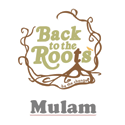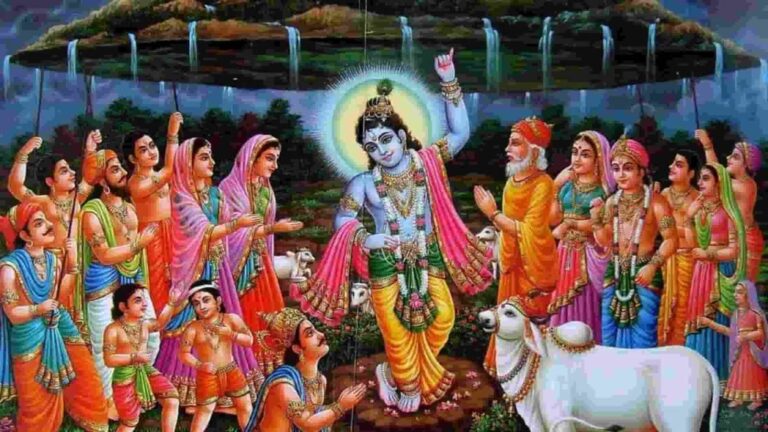Govardhana pooja
- Today, I came up with another article for our puja series. This puja occurs a day after Diwali.
- It is an auspicious festival in Hindu culture. It is one of the rituals in Hinduism performed by all Hindus that falls after the Diwali festival. Govardhan puja is also known as Annakut or Annakoot (meaning “a “mountain of food”). The term “Govardhan” is derived from the Govardhan hill or mountain in Gokul, in the state of Uttar Pradesh, which was single-handedly lifted by Bal Gopal, to secure the people of Vrindavan and Gokul from rainstorms caused by Indra’s agony.
The mythology behind Govardhan puja:
- According to Vishnu Purana and Srimad Bhagwatam, in Dwapara Yuga, Lord Vishnu incarnated as Krishna, born to Vasudev and Devaki, but brought up by Nandi and Yashoda.
- This puja is performed to appease the heaven of God Indra, who had the capability of showering rain on their herd and crops. However, Lord Krishna urged the people of Vrindavana to love the Govardhana Giri, because rain happens and the grains develop. The people of Gokul were convinced and agreed to perform sacrifices to appease Govardhan. The king of heaven heard about this and was furious, and he threw a challenge to Lord Krishna to stop the heavy rains that had flooded the whole of Vrindavana. Lord Krishna lifted the hill with a single hand and his little finger. The people and cattle amassed on the hill and stayed safe. Lord Indra surrendered himself to Krishna after Lord Krishna lifted the hill continuously for seven days and seven evenings, and henceforth was addressed by the name of “Govardhandhari” or “Giridhar. and Indra acknowledged him as the Supreme Authority. So every year, the Krishna devotees perform puja and seek his blessings for themselves and their livestock.
Puja
- The devotees make a mount or hill by using cow dung and decorating it with flowers and colors. Then the devotee made a circumambulation around the cow dunghill while singing the kirtans of Krishna. They offer distributing prasad to all devotees and presenting various foods, sweets, and flowers to the deities As a mark of respect for Mother Nature, Chappan Bhog’ On this day, (56 different food items consisting of delicacies (sweets or savory)) are brought to Govardhan Mountain.
- On this day, Indra, the God of Rains, and Vishwakarma, the Divine Architect, are worshiped for their blessings and assistance in living a comfortable life on Earth.
Importance:
This puja upholds the powerful bonding, of faith and devotion and seeks protection between God and devotees. We always respect Mother Nature, understand the forces of nature, and are thankful for her blessings. The only way to overcome our sorrows and connect with divinity is through bhakthi, or devotion.
(Ingredients) Govardhan Puja Samagri:
Sugarcane sticks
Cow dung or mud
Raw milk, curd, batasha, laddoo, and peda
Kumkum, turmeric, akshata, and chandan
Earthen lamp and ghee
A silver coin
Incense sticks
Govardhan Puja Mantra:
Govardhan Dharaadhar Gokultranakarak
Vishnubahukritocchraya Gavaa Kotiprado Bhava”
Lakshmirya Lokpaalaanang Dhenurupena Sangsthita
Ghritang Vahati Yagyarthe Mama Papang Vyapohtu”
- Govardhan Puja is held every year on the Pratipada Tithi of Shukla Paksha in Kartik month.
- On this day, cows are also worshipped, and a tilak is applied to the forehead of a cow after a bath. A new rope is worn, and they are fed with a mixture of rice and jaggery.


